Vaccination against bird flu for ducks in Hai Lang district - Photo: LA
After nearly 3 years of stability, in early April 2025, the A/H5N1 avian influenza epidemic reappeared in the flock of 5,000 ducks (46 days old) of Mr. Doan Cuong's household in Tram Ly village, Hai Quy commune, Hai Lang district. The estimated damage was more than 400 million VND. It is worth mentioning that for many reasons, at the time of the outbreak, Mr. Cuong's ducks had not been vaccinated against avian influenza.
Head of the Hai Lang District Animal Husbandry and Veterinary Station, Tran Quoc Luong, said that immediately after receiving the test results, the unit coordinated with local authorities to destroy all ducks; at the same time, urgently vaccinated and surrounded the epidemic area and drastically and synchronously deployed prevention measures. Thanks to that, the epidemic area was controlled and extinguished. The poultry flocks after vaccination were stable, and no more poultry flocks were infected with the disease.
Similarly, in early February 2025, an epidemic of septicemia and baleen worm disease (parasite) appeared in the herd of buffalo and cows in Trieu Ai commune, Trieu Phong district and Ba Long and Trieu Nguyen communes, Dakrong district, killing 36 buffalo and 3 cows of local people. Although it was discovered late because these were buffalo and cows of local people grazed in the forest, thanks to the drastic implementation of preventive measures, the most important of which was vaccination against septicemia for the buffalo and cow herds surrounding the epidemic area and neighboring localities, the epidemic was promptly controlled and extinguished, preventing it from spreading widely.
The practice of disease prevention shows that vaccination for livestock and poultry is a solution that plays a very important role in proactively protecting livestock effectively. However, in recent times, the implementation of vaccination for livestock and poultry in the province has encountered many difficulties, and the progress and vaccination rate have not met the requirements.
Specifically, according to statistics from the Department of Animal Husbandry and Veterinary Medicine, the whole province currently has more than 82,000 buffaloes and cows; more than 251,000 pigs and a poultry flock of nearly 4.2 million. As of June 12, compared to the total herd, the vaccination rate for foot-and-mouth disease was 76.7%; lumpy skin disease vaccine was 54.8%; septicemia vaccine was 28.9%; septicemia, cholera, paratyphoid vaccine was 73.3%; rabies vaccine was 63.2%; avian influenza vaccine was 50.7%. Meanwhile, to meet protection requirements, the vaccination rate must reach at least 80% of the total herd. This poses many risks of disease outbreaks and spread in livestock herds.
Through research, it is found that there are many difficulties and limitations in implementing and organizing vaccination for livestock such as: the statistics of total livestock and poultry in some localities are not close to reality, affecting the work of consulting, developing plans for animal disease prevention, and estimating vaccine quantities. The awareness of livestock farmers is still limited, a part of the people have the mindset of waiting and relying on the support of the State, only vaccinating livestock and poultry when an epidemic has occurred, so it does not meet the protection requirements.
In addition, the vaccination direction in many localities has not received due attention, still focusing on written instructions without inspection and supervision, and has not handled cases of non-compliance with vaccination regulations. Some localities still leave it to the veterinary force, have not mobilized the combined strength of participating departments, branches and organizations, so the vaccination rate has not reached the plan, not meeting the requirements of disease prevention.
Head of the Department of Animal Husbandry and Veterinary Medicine Nguyen Trung Hau said that although livestock and poultry diseases in the province are basically well controlled, the risk of disease recurrence is still very high.
The reason is that the total herd of livestock and poultry continues to increase, while small-scale farming still accounts for a large proportion; pathogens circulate at a high rate, over a wide range, including pathogens that can survive for a long time in the environment; weather changes, with complex developments, especially entering the rainy season, creating favorable conditions for pathogens to develop, affecting the resistance of livestock.
The increase in the transportation of animals and animal products between localities to meet consumer demand during the Lunar New Year; the vaccination rate is still low, not reaching the required protection rate; the application of biosafety measures is still limited in small-scale livestock farms...
In addition, the province currently has 105 veterinary staff recruited as non-professional cadres at commune, ward and town levels to perform livestock and veterinary tasks. However, when organizing two-level local government, based on sub-section 2.6, section 2, chapter 2, official dispatch No. 03/CV-BCĐ in 2025, guiding on commune-level local government (commune, ward, special zone), non-professional cadres will cease their activities from August 1, 2025.
Thus, after the above period, the veterinary staff had to quit their jobs. While this force is considered an extension of the department in grasping local livestock activities, monitoring and preventing animal diseases; especially this is the key force in implementing vaccination for livestock herds.
Mr. Hau affirmed that full vaccination for livestock and poultry is an important solution to help prevent epidemics, contributing to promoting livestock development. In the coming time, the department will continue to coordinate with localities to review and deploy vaccination, and supplementary vaccination against dangerous diseases such as foot-and-mouth disease, lumpy skin disease in cattle, avian influenza, rabies... to ensure the rate reaches over 80% of the total herd.
Strengthen information and propaganda work on the benefits of vaccination and the dangers of not vaccinating; strictly implement livestock declaration according to regulations. Note that violations in disease prevention, especially failure to vaccinate according to regulations, will not have their records recorded for support when an epidemic occurs, must be destroyed and punished according to regulations.
At the same time, the Department of Agriculture and Environment is requested to advise the Provincial People's Committee to direct localities (new commune level) to arrange specialized staff in animal husbandry and veterinary medicine at commune-level public service units to perform the tasks left by veterinary staff.
Le An
Source: https://baoquangtri.vn/day-manh-tiem-phong-vac-xin-cho-dan-vat-nuoi-194671.htm


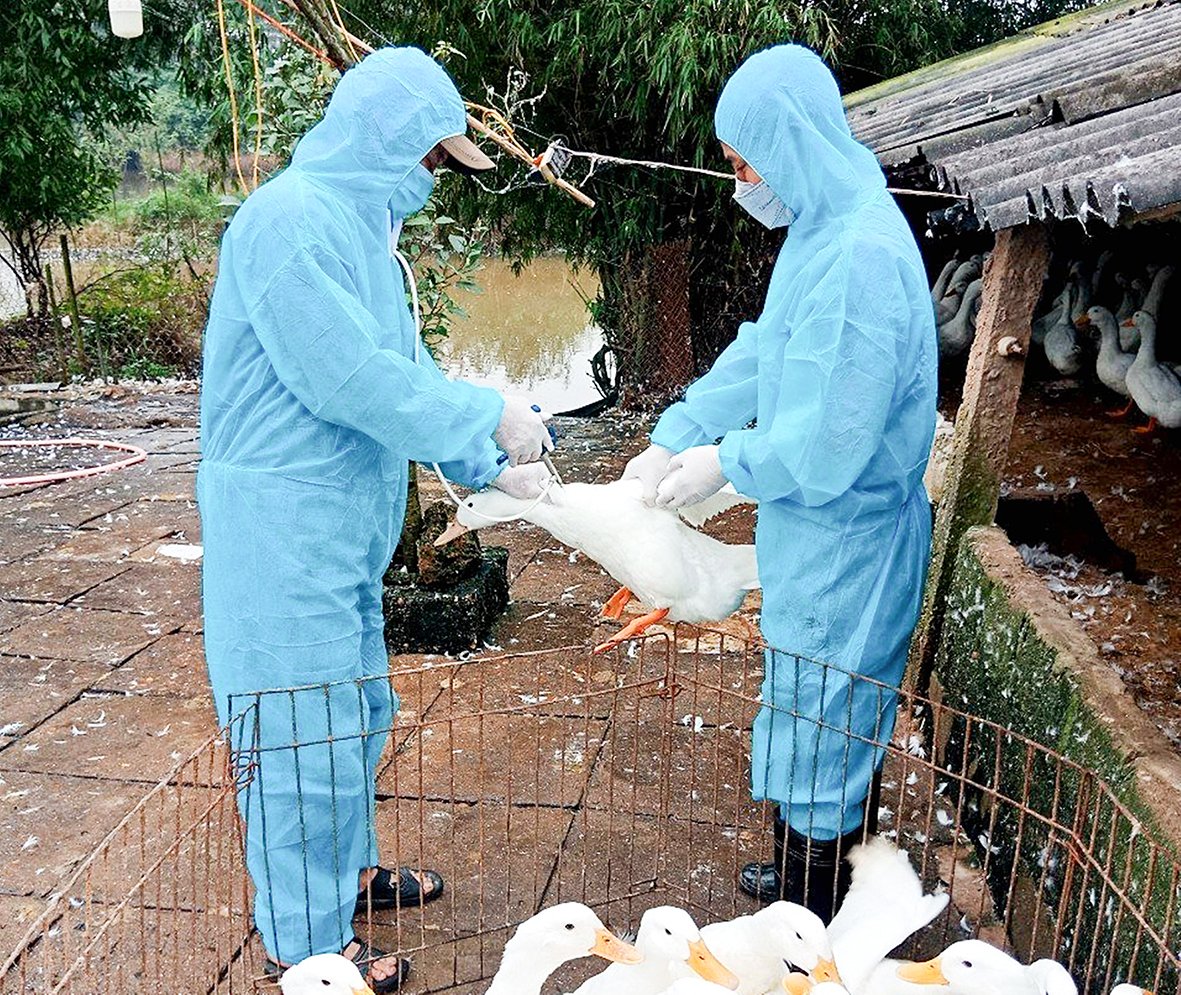
![[Photo] General Secretary To Lam attends the 8th Congress of the Central Public Security Party Committee](https://vphoto.vietnam.vn/thumb/1200x675/vietnam/resource/IMAGE/2025/10/4/79fadf490f674dc483794f2d955f6045)
![[Photo] Bustling Mid-Autumn Festival at the Museum of Ethnology](https://vphoto.vietnam.vn/thumb/1200x675/vietnam/resource/IMAGE/2025/10/4/da8d5927734d4ca58e3eced14bc435a3)



![[Photo] Solemn opening of the 8th Congress of the Central Public Security Party Committee, term 2025-2030](https://vphoto.vietnam.vn/thumb/1200x675/vietnam/resource/IMAGE/2025/10/4/f3b00fb779f44979809441a4dac5c7df)



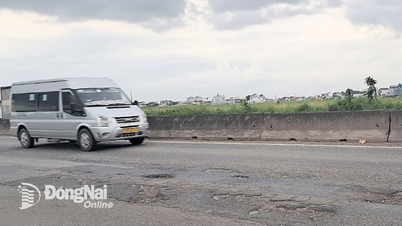



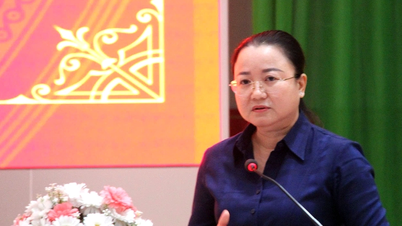
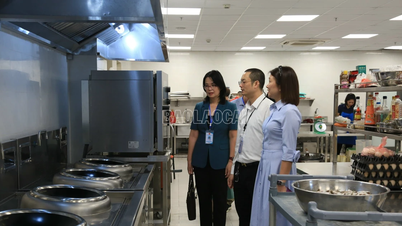







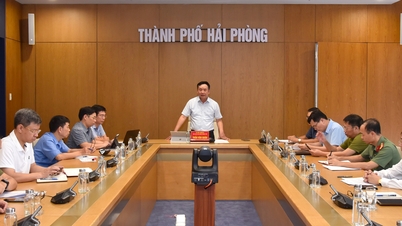
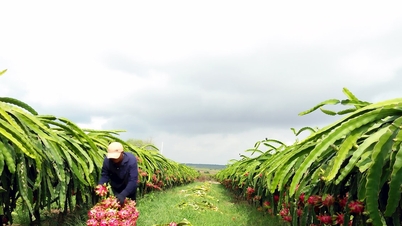





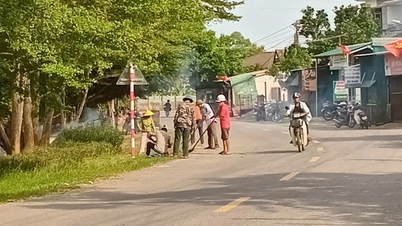

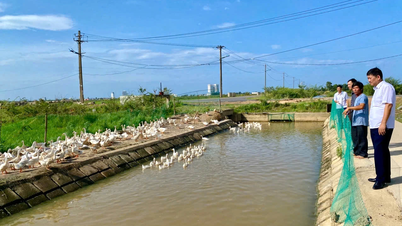
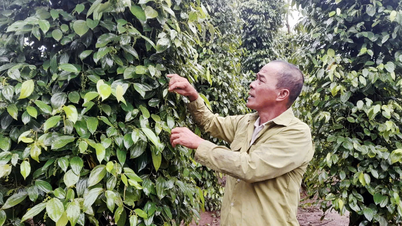

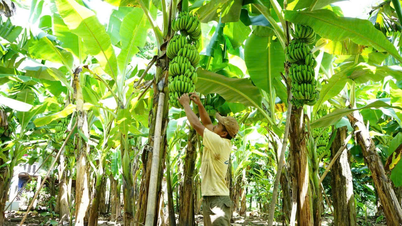


























![[VIDEO] Summary of Petrovietnam's 50th Anniversary Ceremony](https://vphoto.vietnam.vn/thumb/402x226/vietnam/resource/IMAGE/2025/10/4/abe133bdb8114793a16d4fe3e5bd0f12)

![[VIDEO] GENERAL SECRETARY TO LAM AWARDS PETROVIETNAM 8 GOLDEN WORDS: "PIONEER - EXCELLENT - SUSTAINABLE - GLOBAL"](https://vphoto.vietnam.vn/thumb/402x226/vietnam/resource/IMAGE/2025/7/23/c2fdb48863e846cfa9fb8e6ea9cf44e7)
































Comment (0)